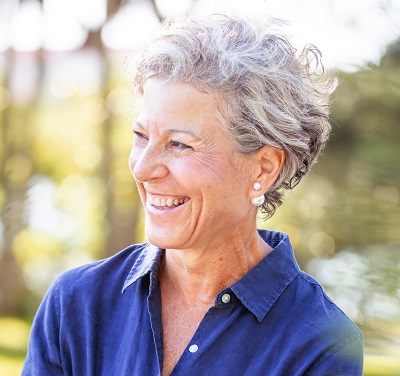
Systems change? To help women? What’s up with that?
By Scott Osborne, Member of Together Women Rise’s Grant Selection Committee
The systems that make up our world were designed by men. From Tokyo to Tijuana, from Delhi to Denver, the workplaces, banks, bus routes, parliaments, voting requirements, and nearly everything else, were created by men, for men.
As a result, today our world is gender unequal by virtually every measure. Statistics abound: worldwide, women own 20% of the land and hold only 25% of seats in parliaments. Women are vastly underrepresented in STEM and economics fields and are far more likely to be illiterate. Women receive a fraction of men’s income, are more likely to live in poverty, yet provide the bulk of the unpaid labor. (Source: World Economic Forum Global Gender Gap Report 2021.)
Organizations working for gender equality dedicate huge amounts of time and money to ‘help’ women function better in this discriminatory world: they offer remedial literacy classes for girls forced to leave public school at puberty; they give goats to widows ejected from their homes and denied their inheritance; they encourage savings clubs for female entrepreneurs turned down for bank credit. But none of these efforts change the patriarchal systems themselves. Estimates are we’ll need at least 135 years to reach parity – and that’s if all goes perfectly!
We need another way
Systems change is an approach that looks at the root causes of problems and focuses on changing beliefs, practices, and laws. This approach forces us to look at long-term initiatives. It forces us to be creative in our solutions. It forces us to shift some of our work from providing women with services and aid to addressing the underlying, systemic problems.
At Together Women Rise our goal is global gender equality, and a systems change approach is an important means to reach that goal.
You may have heard the parable about a group of villagers finding babies floating down a fast-moving river? The villagers begin frantically pulling out the babies one by one. But the babies keep coming! Finally, someone says, “Maybe we should go upstream and stop the babies from falling in?”
Let’s go upriver. Let’s help bequeath a more equal world to our granddaughters, not just design aid programs to help them get by. Let’s address the causes of inequality. And let’s work with and learn from others who are already doing this work.
Stay tuned – next month, we’ll dig deeper and offer some concrete examples.
